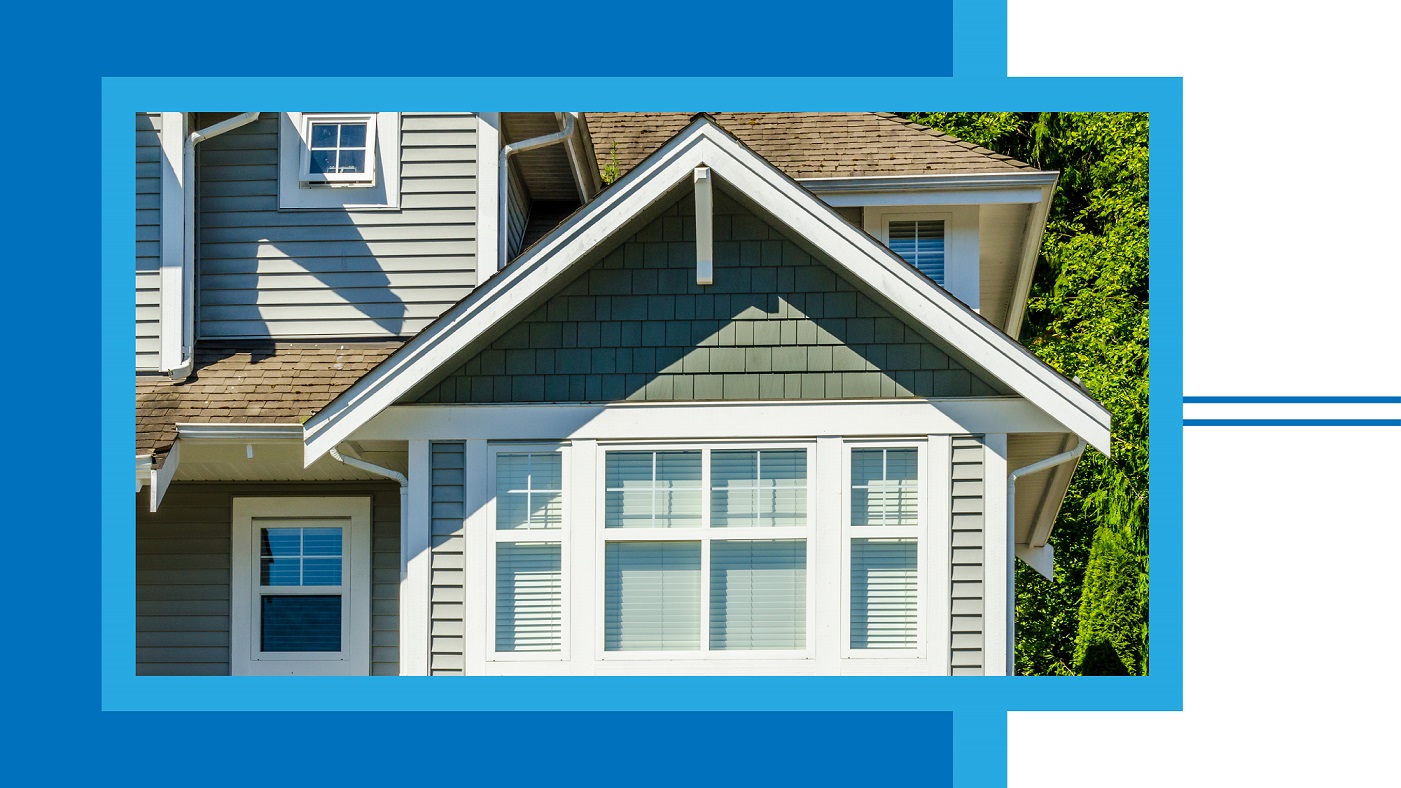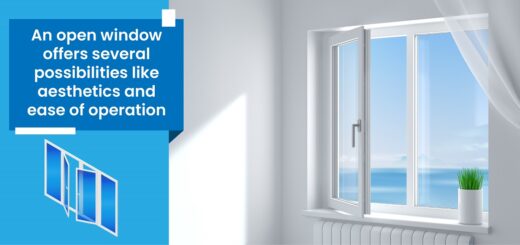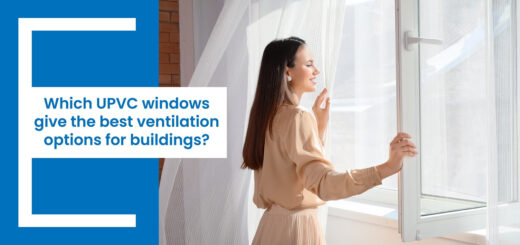FAQs regarding condensation on uPVC windows and its low thermal conductivity efficiency?
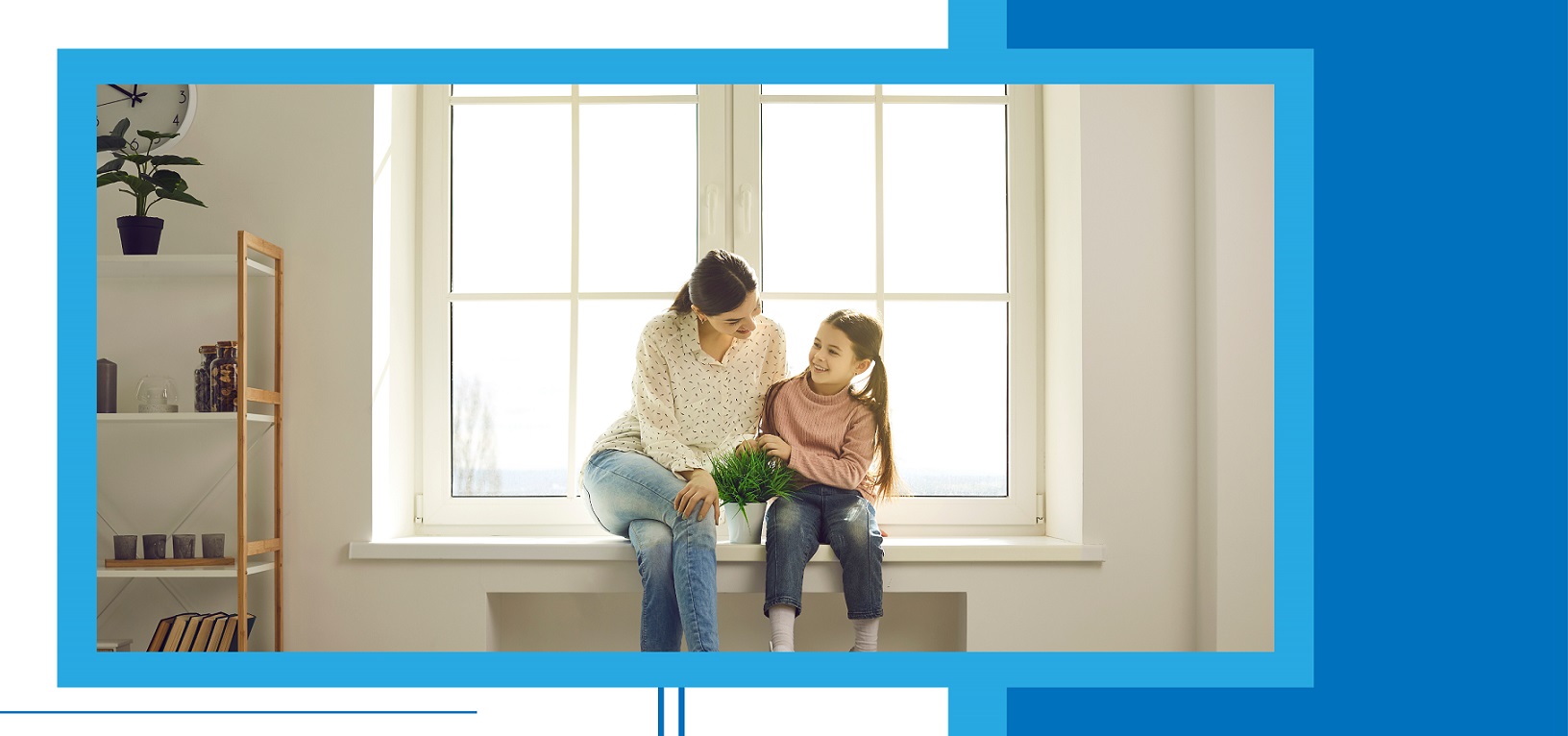
Most Indian homes (and other commercial properties) are designed to permit sunlight inside through windows and grilled doors. It impacts the ambience by creating an imbalance. In summer, humidity is the issue, and in winter, chilly air is the problem. It reduces the lifespan of these apertures.
Several buyers have switched to uPVC windows. The performance of these trendy fixtures is also bereft of condensation or low thermal conductivity. Unless buyers select the fixtures from the best quality uPVC window manufacturers, the performance is subpar.
VEKA has qualified technicians who answer several common questions about uPVC windows. Since we do get queries related to conductivity and condensation, this blog puts the spotlight on them. Maybe you can find some suitable answers and explanations.
Areas where condensation is most likely to be found
- Bathroom
- Kitchen
- Bedroom
- Utility or storage rooms
Whether it is cooking, taking a shower or doing laundry, they all create moisture. Unless these locations are not ventilated, the tendency of condensation is not ruled out.
But have you wondered why none of these activities are performed in the bedroom where fogging takes place?
The answer is simple.
The bedroom is closed for 8-9 hours at night. We lose water vapour when we breathe. The surface of the windows becomes colder. The moisture turns into water. The reaction between the cold glass and water vapour results in water trickling down the panes. In winter, the climate is stark and gives the impetus for the windows to moisten.
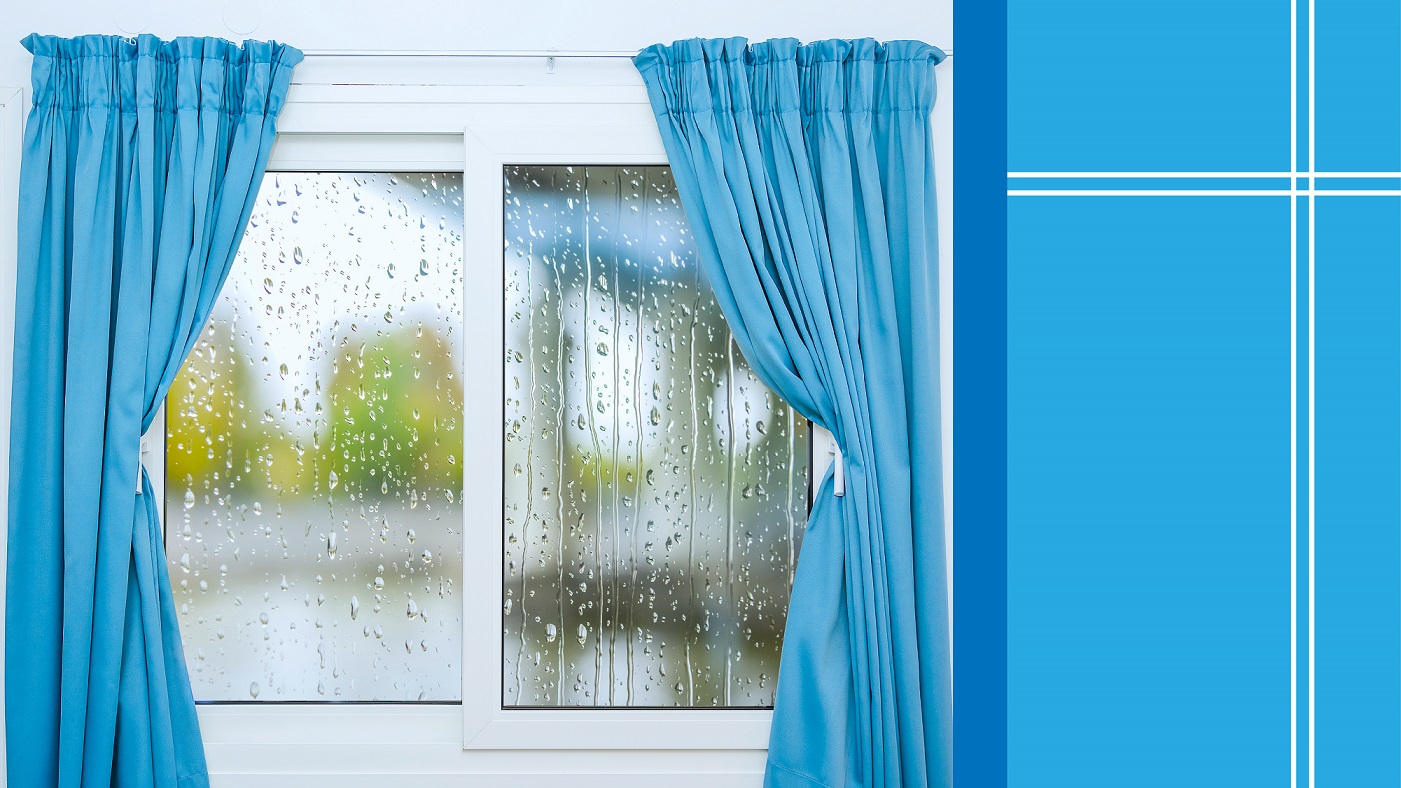
Why do windows sweat?
Understanding FAQs about condensation
Does your double-glazed glass start sweating on the inside? It is worrisome, but eternally, it is a good sign. The windows are working well if they have been installed recently. This reduces draughts in the room.
Then why is condensation on uPVC windows so troublesome?
If not reduced, it has a tendency to damage the frames. When the ledges are wet, moisture will enter. In the monsoons, it can create a bigger issue which can be handled only by experts. In the case of double-glazed uPVC windows, it can indicate a broken seal which needs repairs.
So if you like to wake up in the morning and see a clear glass and view outside, then watch out for this stumbling block. It is an indication of long-term problems.
- Excessive humidity can damage the external structure of the walls.
- In winter, the insulation freezes. After melting, it breaks down the walls.
- The outer walls may get blisters under the coat of paint. Peeling occurs, and materials like wood will rot.
- Mildew and moisture spots attract insects as well.
Energy efficiency is always a priority and is also related to thermal functionality. High-performing uPVC windows help the overall environment too. Due to low Thermal conductivity, uPVC windows are also impacted. Double-glazed panes tightly seal the frames of casement windows or any other style.
It is essential for uPVC windows to have a low coefficient related to thermal expansion. Ideally, it should be able to perform well in extreme climatic conditions. The best quality uPVC windows manufacturer will look into these important factors while making the windows.
It is important to understand both condemnation and thermal conductivity for a window to function 100%. It is easy to stop window fogging by opening and letting the panes dry out. Other simple ways that reduce condensation are:
- Room ventilation
- Use of dehumidifier
- Extractor fans
- Drying clothes outside
- Rearranging the house plants.
Homes have ventilation outlets so that the problem is nullified during the monsoons as well. But if you are having trouble sorting it, then give a shout-out to our team. We will fix it for you.

